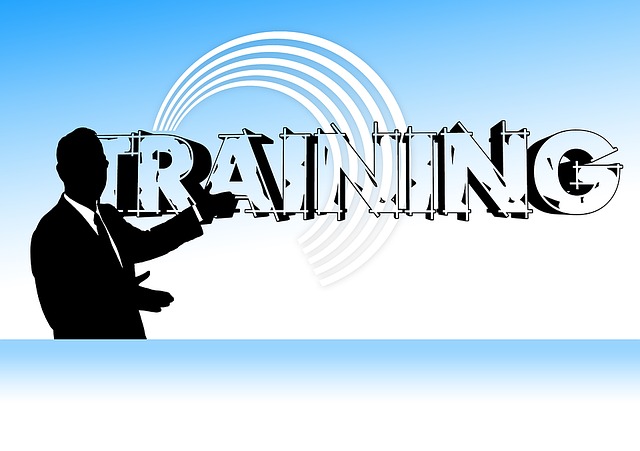 There is one excellent resource that far too few in reentry take advantage of. But many should. And that’s state departments of vocational rehabilitation.
There is one excellent resource that far too few in reentry take advantage of. But many should. And that’s state departments of vocational rehabilitation.
Their purpose: to help people who have disabilities find jobs. These disabilities can be physical, mental or even a learning disability.
The state departments of vocational rehabilitation provide job training, counseling and placement and can sometimes offer funds for qualified clients to get a college education at a public community college or public college or university.
Every state has a department of vocational rehabilitation, and they’re an often-overlooked resource. Tribal nations also have them. The majority of the funding (78.7%) comes from the U.S. Dept. of Education, with the difference made up by state monies.
Since an estimated 75% of people leaving a correctional facility have a disability of some sort, many in reentry may be eligible to apply for some of the services offered by one of the vocational rehabilitation departments. They must have a significant barrier to getting or keeping employment in order to receive the services, however.
What is offered by the departments is not an entitlement. People must really want to work and need to do everything they can to prepare for and find employment.
Few in reentry seek help from departments of vocational rehabilitation
The reasons are unclear, but very few people in reentry turn to departments of vocational rehabilitation, either because they don’t realize they qualify or they have no interest.
“A lot of people don’t understand they have a disability. It’s a stigma. A lot of people have no idea they may have a disability even if they’re taking medication for it,” says Alia Kuraishi, a statewide workforce development specialist with the California Department of Rehabilitation.
“It also goes back to people who are gang affiliated and don’t want to be associated with having a disability or being part of the system. We have invested a lot of time in reentry programs.”
Every state works slightly differently, but in California there are California Department of Rehabilitation offices in various counties statewide.
“We also have a presence in halfway houses and are mandated to be at the American Job Centers throughout the state,” says Kuraishi. “If someone can’t make it to a department office, they can connect with their local One-Stop (American Job Center) and say, ‘I’m interested in services through the department of rehabilitation.’”
Departments provide a variety of services
Those services can be a variety of things. “We’ve done education plans and helped with expungement. People need to be educated about what shows up on their background checks. We find out what’s going on in the local area and have job developers who are in touch with local businesses and know about federal bonding,” she says.http://bonds4jobs.com/
“If someone needs to go back and get a B.A. degree, we can fund training and education. If someone needs a training program to get work, we’ll look at what programs are available and fund them.”
“We will do informational interviews with different companies to see if they’ve hired people with criminal records in the past or we have the applicant do that themselves.”
All of these things can help those in reentry get a step ahead on the road to employment.
You can find a link to your state’s vocational rehabilitation department by checking out the Department of Education’s Job Accommodation Network website.

